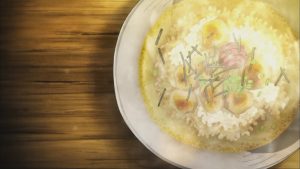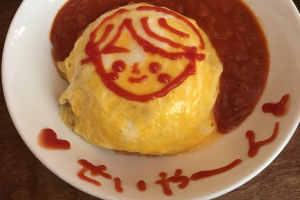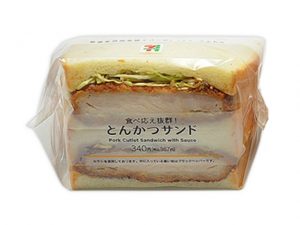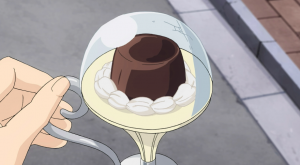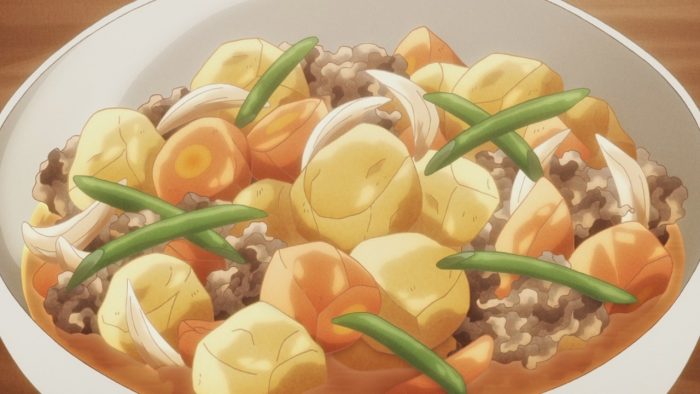
Nikujaga is a Japanese dish loved by people of all ages! The name comes from combining two Japanese words - “niku,” which means meat, and “jaga,” which is a nickname for potatoes. Just like a plate of meat and potatoes is a hearty comfort food in Western culture, nikujaga is comfort food in Japan! In addition to meat and potates, nikujaga also has carrots, peas or green beans, onions, and noodles, which are all cooked together and covered in a delicious glaze. All of the food is very soft and easy to chew, and when mixed together, tastes incredible! The glaze itself has a taste that is unique to nikujaga, too, so it’s definitely something new you can try.
Wait, What Are These Ingredients?!

The first thing you need to look for is Shirataki noodles, which are made from the root of a konjac yam plant. They’re thin and almost clear when cooked, and conveniently gluten-free. They’re usually sold near the tofu at an Asian supermarket. Next, you’ll want to grab a bottle of dashi, which is a Japanese soup stock. Dashi is usually made from fish, and while you can grab whatever variety is available, we recommend getting “awase” dashi if you can find it (which is made from bonito flakes and kelp). Then you need to get mirin, which is a sweet rice wine made for cooking. Luckily, both dashi and mirin are used for a lot of Japanese dishes so they won’t go to waste in your kitchen! Finally, you’ll need to get some sake, which is another type of Japanese rice wine, though with a considerably higher alcohol content.
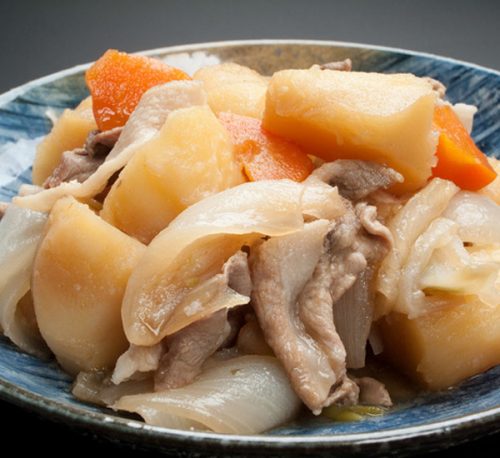
What you need:
Nikujaga( -2 servings)
How to Cook It:
1
Before you begin cooking, you’ll need to make a simple otoshibuta, or drop lid. Cut some aluminium foil to the size of your pot and fold up the edges so it fits neatly inside. Poke a ventilation hole in the centre with a chopstick or scissors and set this aside.2
On to the food! Prepare your vegetables and meat. Cut the onion and carrot into wedges, then cut the potato into cubes. If you can, try to round the potato cubes’ edges a little so that they do not fall apart when they’re cooking! (This technique is called mentori in Japanese cooking). Soak the potatoes to remove any extra starch. Cut your meat into thick, but short, slivers.3
Cook the Shirataki or rice noodles for one minute until they are soft, drain them, and then cut them in half and set to the side.4
Mix together the mirin, soy sauce, sake, and sugar in a separate bowl and set to the side.5
Sauté the onion slices in oil until it starts to become translucent, then add the meat and cook until its brown.6
Add the potatoes, carrots, and noodles into the pot. Do not stir them to mix the ingredients together. Add the dashi and bowl of other mixed ingredients to the pot as well.7
After everything is boiling, try to remove any foam or debris that has floated to the surface and ensure all the ingredients are just barely covered by the broth. Get your otoshibuta and place it on top, allowing everything to simmer for 10-15 minutes. Again, you do not need to mix the ingredients!8
Remove the otoshibuta and allow everything to stand for another thirty minutes so the flavours really soak in. When you are ready to reheat it to eat, add in the peas or green beans to allow them time to warm up, gently mix the broth over the ingredients a few times as it is heating up, and then serve!
Yum!
Final Thoughts
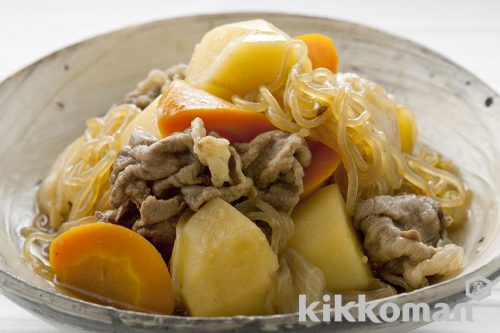
Have you ever eaten or made nikujaga before? Are you ready to try it out now? If you already followed your recipe, how did it turn out? Do you have any questions about how to make it? We would be happy to hear from you in the comments!
Recommended Post
How to Make a Uniquely Japanese Dish - Ochazuke!
Recommended Post
How to Make the Ultimate Japanese Comfort Food - Omurice!
Recommended Post


